The Opera festival in Aix en Provence was founded 75 years ago by Gabriel Dussurget and Lily Pastré, his mécène. It is now run by Pierre Audi, an opera director who ran the Almeida theater in London in the 1980’s, and Julien Benhamou its artistic director. Like for the first edition in 1948, a Cosi fan Tutte was programmed this year directed by Dmitri Tcherniakov but it did not get a warm reception. Neither did Brecht’s the Opera de quat’ sous with actors from la Comédie Française. I was very lucky to see, in the two days I spent there, “Picture a Day like this” with George Benjamin conducting his own creation with the Mahler Chamber Orchestra and a sharp text by British playwright Martin Crimp. The revelation was the French soprano Marianne Crebassa, who sang in excellent English. I also went to hear Meyerbeer‘s “The Prophet“, in concert version, which was the surprise of the festival. A four hour long opera whom no-one had ever heard except for those who were in Berlin in 2017 and saw Olivier Py‘s version. When it was first performed in 1849, it was a huge success and was even translated into English for the London stage. The success was equally huge in Aix, with a twenty minute standing ovation.
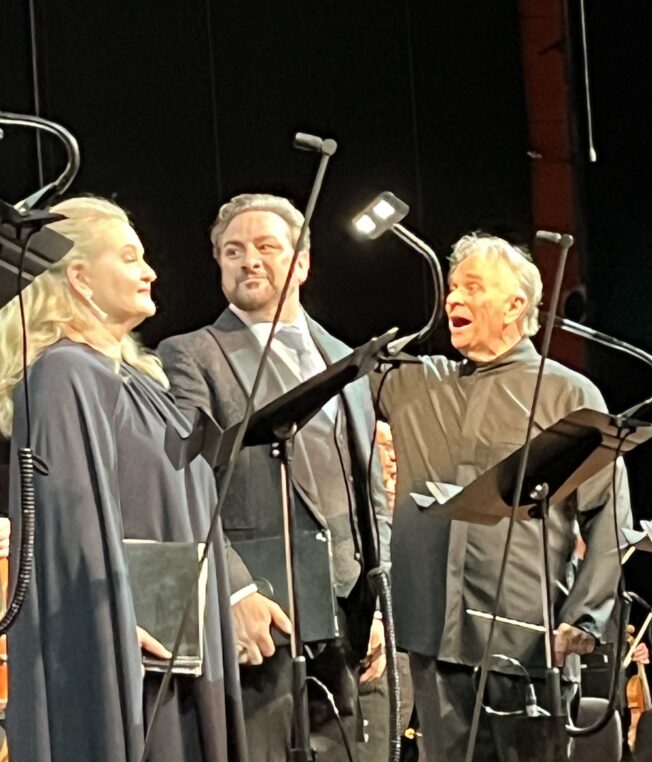
Sir Mark Elder conductor of the Prophet by Meyerbeer, congratulates Elizabeth DeShong and John Osborn who surprised everyone with a little known opera
So one could say that English and American artists were very prominent in Aix, with the exceptional conductor of the London Symphony Orchestra, Sir Mark Elder, who was jumping up and down for four hours at 76, and mezzo soprano Elizabeth DeShong with tenor John Osborn singing mother and son in this work dedicated to the fight by dissident Lutherans to establish a new Anabaptist movement. An organ, four harps, and many trumpets, numerous strings and a prominent choir, three extraordinary singers (including the Armenian soprano Mané Galoyan) created a very special atmosphere for this French historical opera composed by a German, GIaocmo Meyerbeer. You can listen to it on French Musique’s podcast for it was recorded live at the Grand Théâtre de Provence. The audience became more and more excited as the evening progressed, since most people had expected a very boring opera. And when the artists came to bow at the end, everyone was in a complete state. A lovely surprise.
Meanwhile in the charming little théâtre du Jeu de Paume, the audience was transported by the despair of Marianne Crebassa, whose son has died and she can only save him by acquiring from someone who’s perfectly happy, a button, before the evening. It is a dark tale illuminated by the voices of young singers and a video by Hicham Berrada. An hour of perfect pleasure.
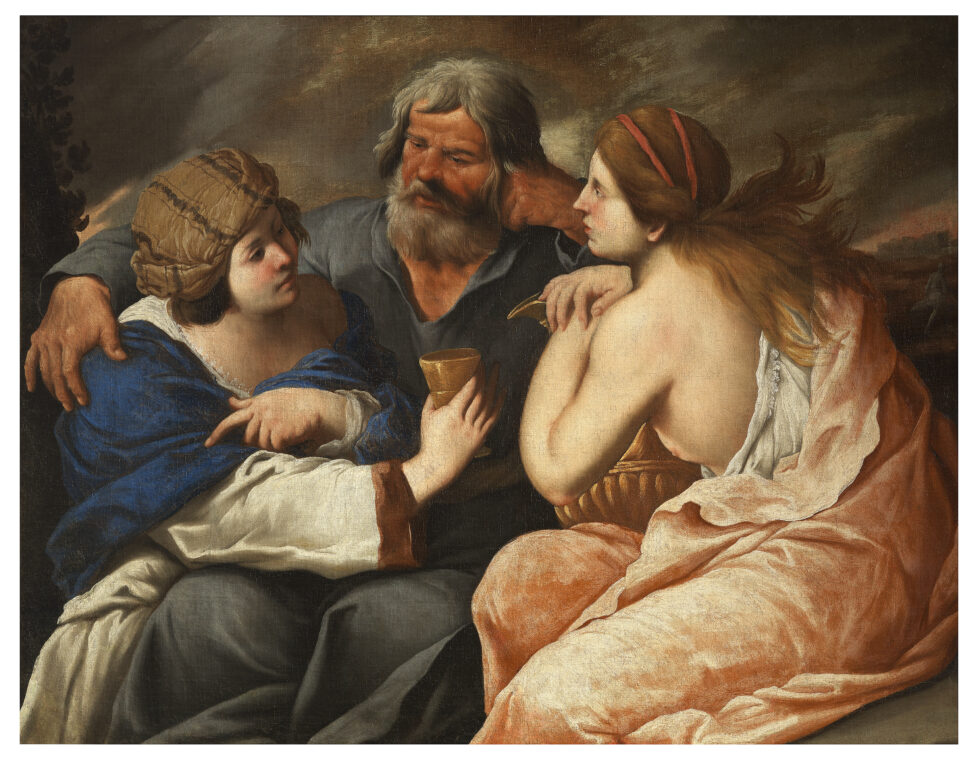
Francesco Fracanzano, “Loth and his daughters”, cir 1652 © Fondazione Giuseppe e Margaret De Vito per la Storia dellArte Moderna a Napoli, Photo Claudio Giusti
While nights were spent at the opera, late mornings were devoted to three beautiful museums. The Musée Granet named after one of Aix’s major painters François Marius Granet (1775-1849) which houses a fantastic collection of old and modern paintings (including the room of Giacomettis given by Philippe Meyer) and a new exhibition of “Naples painters in the De Vito collection” and its annex, Collection Planque, set in the XVII th century Chapelle des Pénitents blancs. At Hotel de Caumont, the Max Ernst exhibition is splendid.

Master of the Annunnciation to the Shepherds, “Young person smelling a rose” , cir 1635-1640, © Fondazione Giuseppe e Margaret De Vito per la Storia dellArte Moderna a Napoli
While the elusive Master of the Annunciation to the Shepherds had a group of pictures, painted in Naples from 1625 to 1650, I enjoyed Bernardo Cavallino‘s “Santa Lucia”, Francesco Fracanzano’s “Loth and his daughters”, Luca Giordano’s “Scene in an inn” and Luca Forte’s still-life with cherries in a superb frame. Jusepe de Ribera and Mattia Preti are among the masters of the show. The collector Giuseppe De Vito (1924-2015), became a true art historian such was his passion for Seicento Neapolitan painters. As an engineer in Milano, he was inclined to do scientific research on the painters and started his collection in 1960 with intense research. Out of 64 paintings 40 are exhibited here. He created a foundation in 2011, in Villa d’Olmo, near Fiesole. Before coming to Aix, this collection was exhibited at Musée Magnin in Dijon.
I was really surprised by the quality of the Collection Planque at Chapelle des Pénitents Blancs, just up from Cour Mirabeau Jean Planque (1910-1998), a Swiss self taught artist and collector, worked for many years from Paris, for Basel’s gallerist Ernst Beyeler. Personally, he collected mostly Picasso, Dubuffet but also Van Gogh, Monet and de Staël. A sentence written on the wall at the entrance is startling: “I have loved painting more than life. My life = paintings…. I am in them and they are in me Paintings”. The Swiss Foundation Jean and Suzanne Planque was created in 1997 and the works are permanently shown in Aix en Provence.
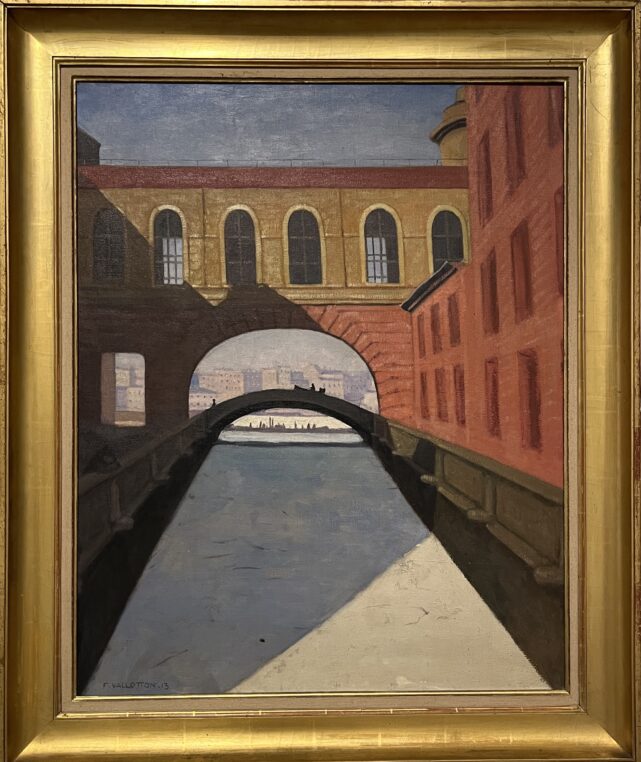
Felix Vallotton, “Winter morning in St Petersburg”, gift of Mouse Reymond-River in memory of Jean Planque
In the first part of the chapel, two Swiss artists are prominently shown: Felix Vallotton and René Auberjonois, nicknamed the Swiss Cézanne. Planque particularly loved Cézanne and lived in Saint Ser, in front of Montagne Sainte Victoire near Aix, from 1948 to 1952, in order to paint like the master. I had never heard of Auberjonois before, but the five paintings by him are interesting.
“Two ladies at the bath”, a pastel by Degas, Manet’s wonderful “Leicester Square”, Raoul Dufy’s “The Sea and the Boats” precede a group of ten major paintings by Picasso, many portraits but also “le Sauvetage” from 1923 and a curious “Marine” from 1967. Fernand Léger, Robert Delaunay, Roger Bissière, Paul Klee, are all very well selected works. Besides Picasso, he was also a huge collector of Jean Dubuffet, whom he continually defended. 12 of his paintings hang in the same room on the first floor of the chapel. One canvas by Jean Planque, “View of the Luxembourg” from 1952 is a nice closing for the exhibition. I enjoyed a sculpture by Kosta Alex, “l’Echappée Belle”, given by the artist in memory of the collector.
The magnificent premises of the chapel give to this collection by a self taught artist and art dealer, an increased importance. I had never been to see it and the nice guard told me it had been there for fifteen years already. Again a great surprise.
Last but not least, the Max Ernst exhibition at Hotel de Caumont is particularly interesting with a mix of photographs of the artist with his muses, Leonora Carrington and Dorothea Tanning whom he plays chess with, many frottages of leaves and very large paintings. His love for earth and nature is particularly well illustrated with the painting “Le Jardin de la France“, an image of the rivers Loire and Indre painted in Huismes in the Loire valley where they lived in the late 50’s and 60’s. The work created in 1962 celebrates the two rivers, which envelop just like two round arms, the naked body of a woman. The great sensuality of the mysterious figure is exacerbated by the highlighting of the feminine attributes, evocative of fertility. She is associated with the nourishing nature of Touraine.
An interesting film shows the very attractive artist speaking in German, English with a strong accent and French with hardly any accent, about his love for frottage (rubbing a pencil on paper) and nature. Hotel de Caumont is one of the pretty houses of Aix in a quarter where the 17 th century Hotel de Boisgelin, on place des 4 dauphins is the star. The museum is remarkably well restored and organized and the museum shop is a mine of treasures. Do not miss it.
The Aix Festival is on until July 24 when Lucie de Lammermoor is very anticipated. Musée Granet, “Naples as a Passion” is on until October 29 and Max Ernst at Hotel de Caumont until October 8. Collection Planque is permanent at Chapelle des Pénitents. If you want to have lunch café Le Grillon on cour Mirabeau is the bistrot to go to now that les Deux Garçons is closed. La Maison française is the other more sophisticated secret address. And Hotel Cardinal in front of Musée Granet is the good deal. Hotel du Roi René and Villa Galicie are the more luxurious.
Share this Post
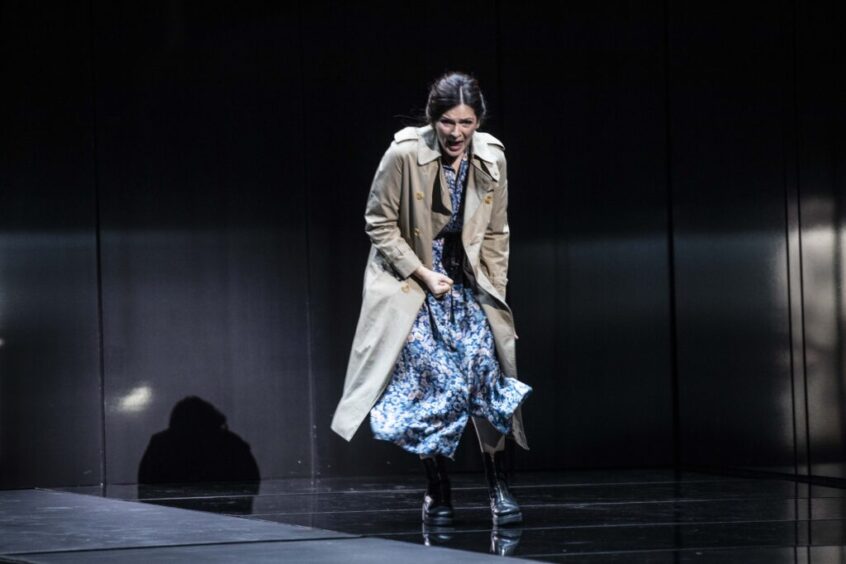
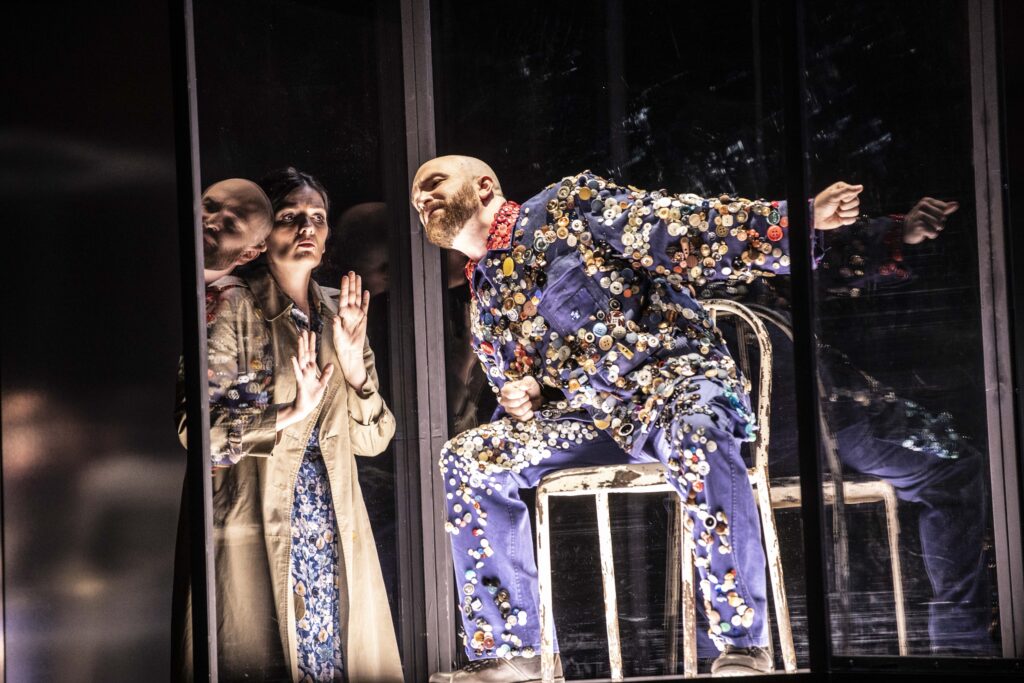
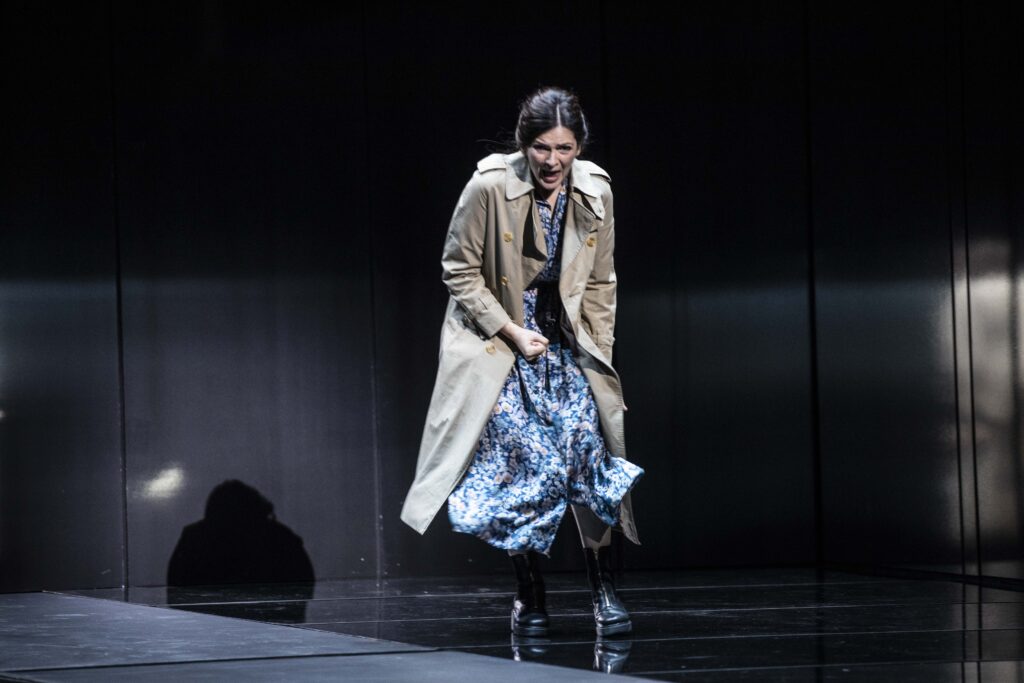


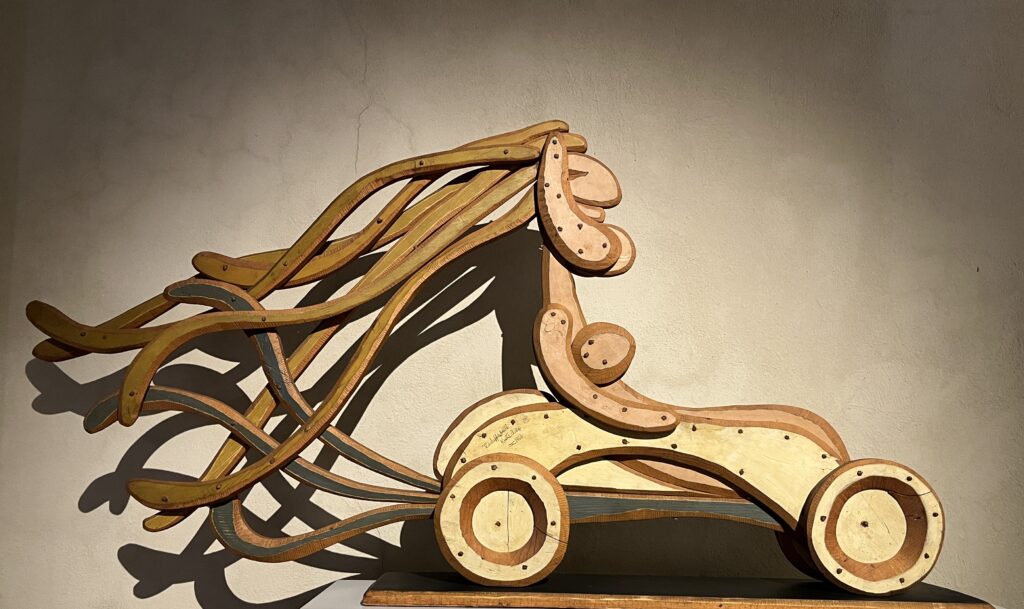
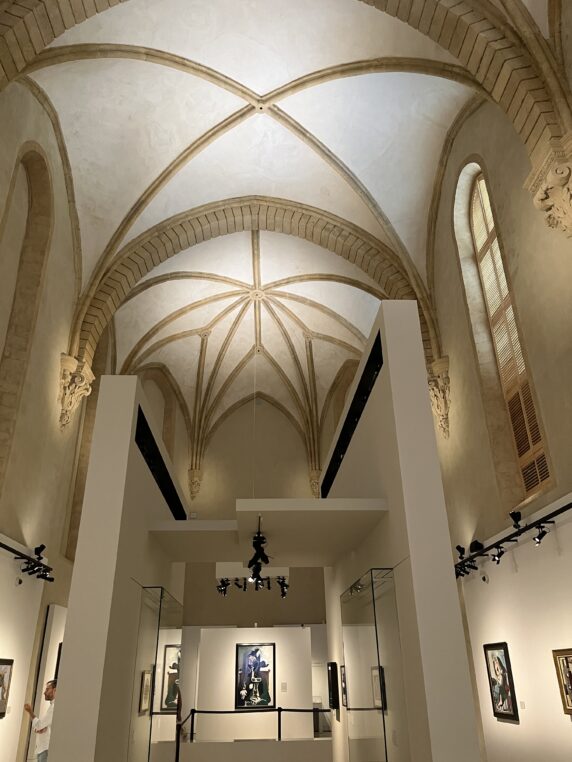
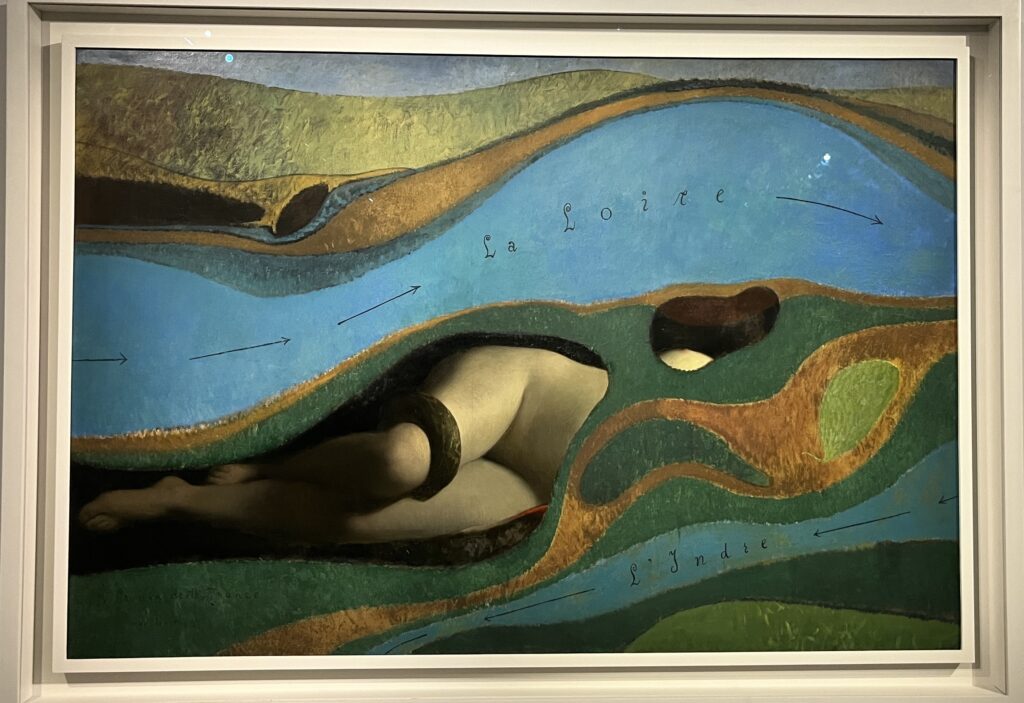

3 Comments on “In Aix en Provence, museums compete with opera”
Dear Laure,
You might be amused to know that the ‘German’ Meyerbeer – who lived mostly in Paris – was the grandfather of my grandmother (Marie-Louise nee Beer) and Nelly de R (Alain/Elie etc). Didi (as we called her) was always rather proud of her musical grandfather, although his music was (maybe mostly still is) terribly out of fashion and not many people actually knew of him!!
I hope you are having a lovely summer and that it was not too hot in Aix. We are going near there – Eygalieres – at the end of August.
With love,
Kate
Nous avons assisté à la première de Cosi Fan Tutte
La vulgarité dominait les chanteurs étaient médiocres seul l’orchestre était au rendez-vous
Aix, the place to be…j’espère que tu étais ds l’hôtel B